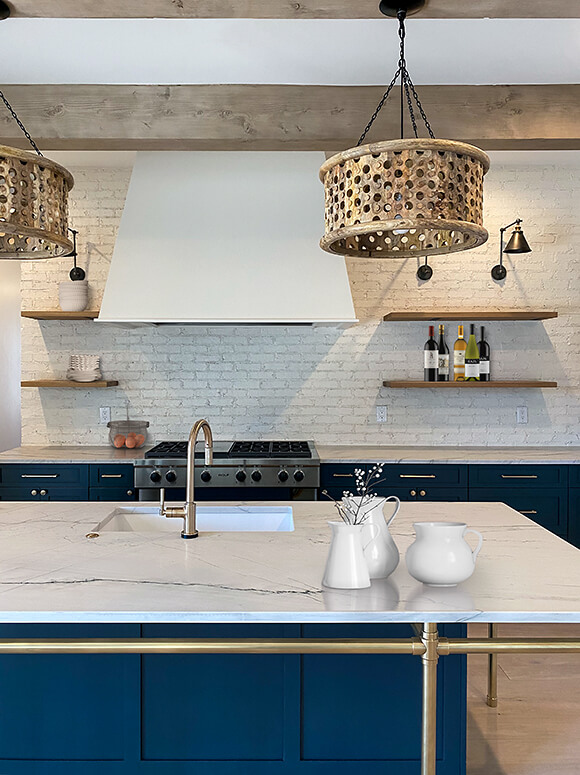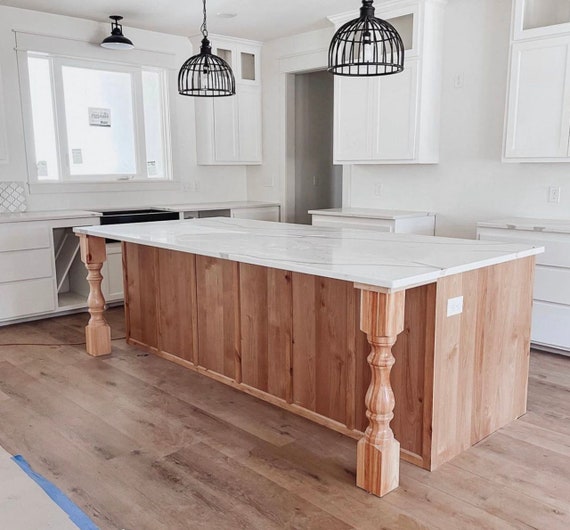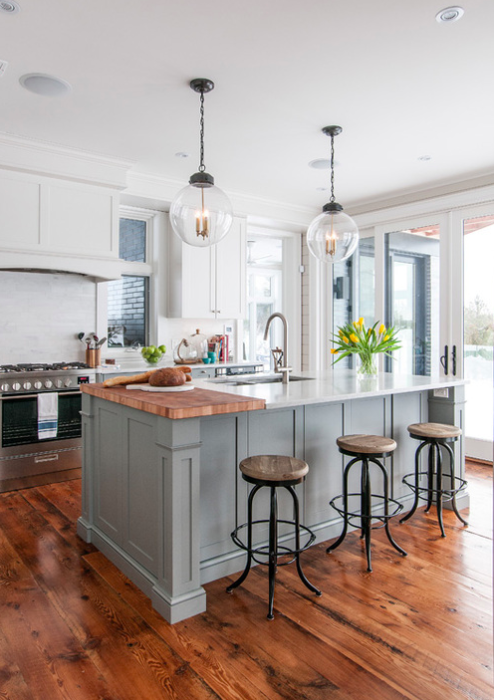A Guide to Choosing the Perfect Legs For Kitchen Island for Your Home
Choosing the optimal legs for your kitchen island is a nuanced decision that influences both the functionality and aesthetic allure of this central area. As you take into consideration these aspects, it comes to be evident that the ideal legs can transform not only the appearance of your cooking area however additionally its usability for years to come.

Comprehending Kitchen Island Legs
When choosing legs for a kitchen island, it's necessary to comprehend their aesthetic and functional roles in the general layout. The legs function as an essential assistance system, guaranteeing stability and toughness for the island, which often functions as an office, dining area, or collecting place. The selection of material and building and construction method need to be durable adequate to stand up to daily usage and prospective wear.
In enhancement to their structural duties, legs contribute substantially to the island's aesthetic allure. They can improve the kitchen area's style, whether through traditional, modern, or diverse styles. The elevation and percentage of the legs are also vital considerations; they must integrate with the island's counter top height while ensuring comfy seating for those using the area.
Moreover, the leg design can affect the general circulation of the kitchen area. Open, ventilated leg styles can create a sense of lightness, while solid, considerable legs might share a much more grounded and secure visual - Legs For Kitchen Island. Recognizing these useful and visual facets will certainly guide homeowners in making educated choices that complement their cooking area's style and enhance its functionality
Popular Styles and Products
The choice of legs for a cooking area island incorporates a selection of prominent designs and products, each offering distinct qualities that can enhance both functionality and aesthetics. Amongst one of the most sought-after styles are contemporary, rustic, and standard. Contemporary legs frequently include sleek, minimal designs that emphasize simpleness and tidy lines, making them ideal for contemporary kitchen areas. Rustic styles, on the other hand, welcome natural environments and often showcase recovered timber or distressed coatings, adding heat and beauty to the room. Traditional legs normally exhibit ornate information and craftsmanship, boosting timeless kitchen area layouts.

Height and Security Considerations

Stability is one more vital consideration. The legs of the cooking area island should offer ample support, guaranteeing that the framework can hold up against day-to-day use without wobbling or moving. Material selection plays a considerable function in stability; metal legs, as an example, tend to offer higher strength contrasted to wood. Furthermore, ensuring that the island is firmly secured to the flooring or wall surface can improve stability, particularly for larger islands that might birth considerable weight.
Matching Your Kitchen Visual
Picking the appropriate legs for your kitchen island exceeds functionality; it also plays a considerable function in the general aesthetic of the area. When choosing legs, think about the layout style of your cooking area. For a contemporary look, streamlined metal or minimalist designs can create a clean, modern-day vibe. On the various other hand, rustic or standard kitchen areas commonly gain from wood legs with elaborate describing or a distressed surface, improving heat and personality.
Shade is one more important element. Legs that complement or comparison with your island's surface area and bordering cabinets can produce visual consistency or striking centerpieces. Pairing dark wood legs with a light marble counter top can add depth and rate of interest. Additionally, take into consideration the coating of the legs; matte, glossy, or textured coatings can significantly affect the overall feeling of the cooking area.
Setup and Maintenance Tips
Mounting kitchen island legs needs careful interest to information to make sure both security and aesthetic charm. Begin by selecting an appropriate place for your island, ensuring it is level and has adequate room for activity. If you can try these out you are connecting the legs to a wall or utilizing brackets for included assistance, make use of a stud finder to locate wall surface studs. Mark the placement of the legs accurately prior to exploration.
When safeguarding the legs, make use of top notch screws and, if essential, wood glue for additional strength. For steel legs, guarantee that you are utilizing appropriate supports and devices to prevent damages to your floor covering. It is advisable to look for levelness after setup, making changes as required to stay clear of tottering.
Upkeep is just as crucial for durability - Legs For Kitchen Island. On a regular basis inspect the legs for any indicators of wear or helping to loosen, specifically in high-traffic locations. Clean the legs with an appropriate cleaner, staying clear of unpleasant products that may damage the surface area. For wood legs, consider using a wood conditioner occasionally to keep their finish. By complying with these installation and upkeep ideas, you can make certain that your cooking area island click to find out more legs remain both visually appealing and practical.
Conclusion
In verdict, choosing the suitable legs for a kitchen area island necessitates careful consideration of elevation, stability, and visual compatibility. Inevitably, thoughtful leg option plays a critical role in boosting both the functionality and design of the cooking area space.
When picking legs for a kitchen island, it's important to comprehend their functional and aesthetic roles in the overall layout. Open, airy leg designs can create a feeling of lightness, while solid, significant legs may convey a more based and secure aesthetic. The legs of the kitchen island must provide appropriate assistance, making certain that useful source the structure can hold up against everyday use without shifting or tottering.Setting up kitchen area island legs requires cautious focus to detail to ensure both security and aesthetic appeal.In conclusion, choosing the proper legs for a cooking area island requires careful factor to consider of height, stability, and visual compatibility.